CHGS is proud to maintain collections of art and historical objects that originated with founding director Stephen Feinstein’s work in Holocaust art. These collections include visual artworks, such as the paintings of Fritz Hirschberger, as well as historical objects, including postcards and badges from Nazi Germany.
CHGS has stewardship over these important pieces of history and artistic expression. Our goals are to care for these objects through best museum practices and extend their educational impact through physical and digital exhibition.
 We are collaborating with Deborah Boudewyns, UMN Art and Architecture Librarian, and instructor of a UMN course, Workshop in Art, in which students learn the skills of curating and exhibiting, using CHGS collections as the foundation of their work. These students will end the semester with an exhibition featuring CHGS art and objects, to be held in Wilson Library from April 29 – May 12, 2016, with an opening reception on April 29.
We are collaborating with Deborah Boudewyns, UMN Art and Architecture Librarian, and instructor of a UMN course, Workshop in Art, in which students learn the skills of curating and exhibiting, using CHGS collections as the foundation of their work. These students will end the semester with an exhibition featuring CHGS art and objects, to be held in Wilson Library from April 29 – May 12, 2016, with an opening reception on April 29.
In an effort to keep our art collections vital we have migrated the CHGS owned exhibitions to the University of Minnesota Archive.
Our website, which includes resources in the study of Holocaust visual history, is being updated. Our imagery and art research is in the process of being made available online through UMN digital archives, enabling greater functionality, flexibility, and reach. We are working with the University’s physical archives to document CHGS history as we near our 20th anniversary in 2017.
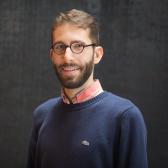 Pedro Correa Martín-Arroyo is currently the Diane and Howard Wohl fellow at the Jack, Joseph and Morton Mandel Center for Advanced Holocaust Studies (US Holocaust Memorial Museum); as well as PhD candidate at the London School of Economics. His doctoral research addresses the international management of the Jewish refugee crisis in the Iberian Peninsula and North Africa during World War II.
Pedro Correa Martín-Arroyo is currently the Diane and Howard Wohl fellow at the Jack, Joseph and Morton Mandel Center for Advanced Holocaust Studies (US Holocaust Memorial Museum); as well as PhD candidate at the London School of Economics. His doctoral research addresses the international management of the Jewish refugee crisis in the Iberian Peninsula and North Africa during World War II.
 Eurovision Song Contest has served as a platform to strengthen both national and European identities and embrace diversity throughout every nation for over 60 years. The show’s vast influence expands to an audience of approximately 180 million people all over the world. Its expansive reach has not only sparked the careers of various performers, it has also allowed for the television program to have social, political, and cultural influence.
Eurovision Song Contest has served as a platform to strengthen both national and European identities and embrace diversity throughout every nation for over 60 years. The show’s vast influence expands to an audience of approximately 180 million people all over the world. Its expansive reach has not only sparked the careers of various performers, it has also allowed for the television program to have social, political, and cultural influence.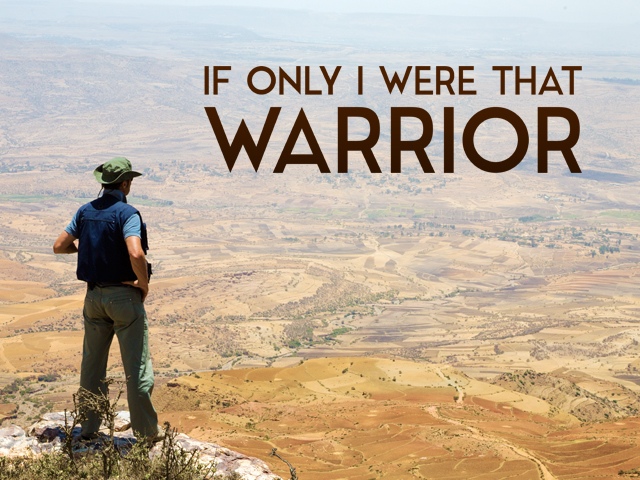 On Saturday, February 20th the Italian Cultural Center of Minneapolis & St. Paul presented
On Saturday, February 20th the Italian Cultural Center of Minneapolis & St. Paul presented 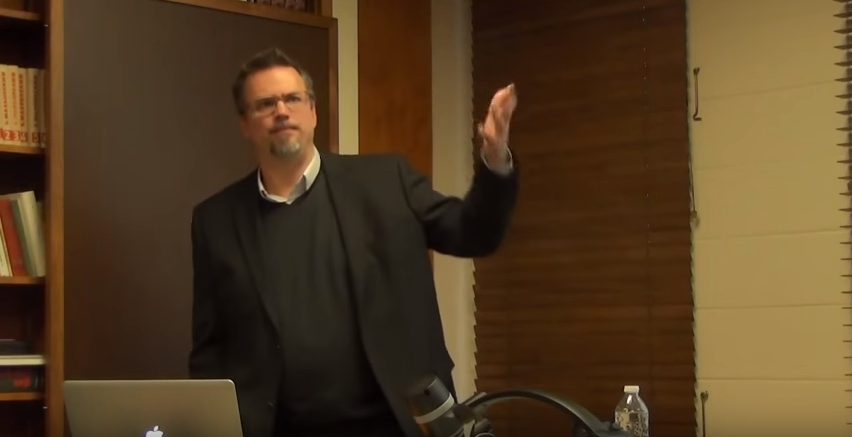 This is the second half of a two part interview with Dr. Adam Muller from the University of Manitoba. CHGS interviewed Dr. Muller after his
This is the second half of a two part interview with Dr. Adam Muller from the University of Manitoba. CHGS interviewed Dr. Muller after his 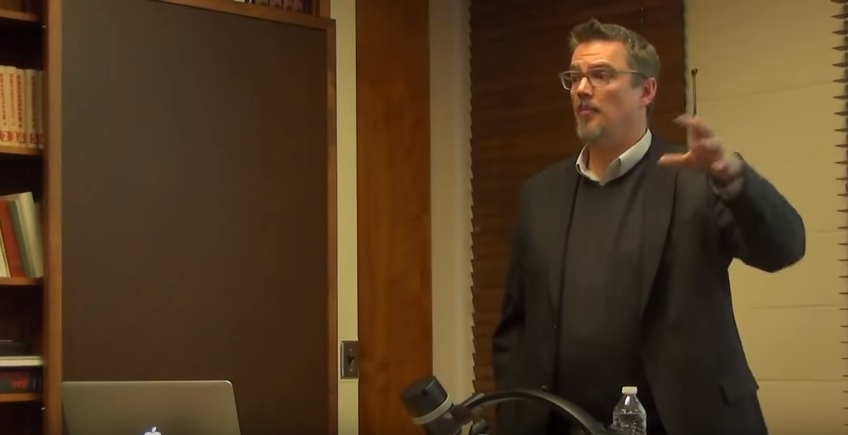 In November, the Center for Holocaust and Genocide Studies welcomed Dr. Adam Muller from the University of Manitoba to discuss his upcoming project, which creates a virtual First Nations residential school. Dr. Muller is part of the
In November, the Center for Holocaust and Genocide Studies welcomed Dr. Adam Muller from the University of Manitoba to discuss his upcoming project, which creates a virtual First Nations residential school. Dr. Muller is part of the  We are collaborating with Deborah Boudewyns, UMN Art and Architecture Librarian, and instructor of a UMN course, Workshop in Art, in which students learn the skills of curating and exhibiting, using CHGS collections as the foundation of their work. These students will end the semester with an exhibition featuring CHGS art and objects, to be held in Wilson Library from April 29 – May 12, 2016, with an opening reception on April 29.
We are collaborating with Deborah Boudewyns, UMN Art and Architecture Librarian, and instructor of a UMN course, Workshop in Art, in which students learn the skills of curating and exhibiting, using CHGS collections as the foundation of their work. These students will end the semester with an exhibition featuring CHGS art and objects, to be held in Wilson Library from April 29 – May 12, 2016, with an opening reception on April 29. In 1999 Joschka Fischer, Germany’s Foreign Minister and a member of the Green Party with strong pacifist roots, used the phrase “Never Again Auschwitz” to support German military intervention during the Kosovo crisis. In 2005, at the main ceremony to mark the 60th anniversary of the liberation of the Auschwitz camp, Russian President Vladimir Putin praised the Red Army for “liberating Europe” (an assertion that obviously did not resonate positively among Poles). In the summer of 2014 Turkish President Recep Erdoğan slammed Israel for betraying the memory of the Holocaust by “acting like Nazis” during the operation against Hamas in Gaza. At the same time Israeli Prime Minister Benjamin Netanyahu invoked the Holocaust to warn the world of a nuclear Iran.
In 1999 Joschka Fischer, Germany’s Foreign Minister and a member of the Green Party with strong pacifist roots, used the phrase “Never Again Auschwitz” to support German military intervention during the Kosovo crisis. In 2005, at the main ceremony to mark the 60th anniversary of the liberation of the Auschwitz camp, Russian President Vladimir Putin praised the Red Army for “liberating Europe” (an assertion that obviously did not resonate positively among Poles). In the summer of 2014 Turkish President Recep Erdoğan slammed Israel for betraying the memory of the Holocaust by “acting like Nazis” during the operation against Hamas in Gaza. At the same time Israeli Prime Minister Benjamin Netanyahu invoked the Holocaust to warn the world of a nuclear Iran.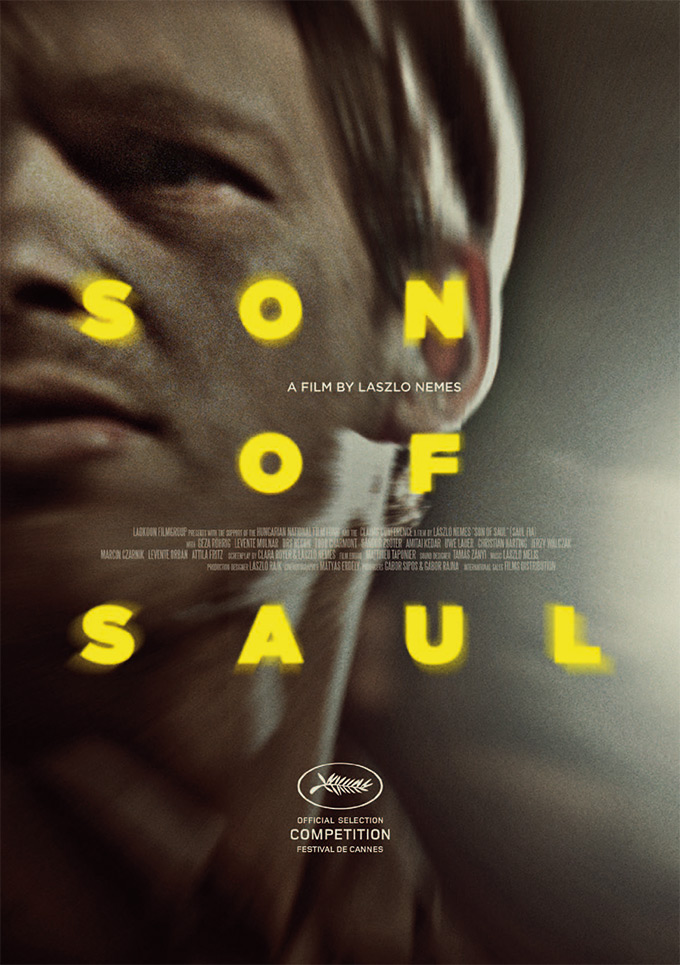 Son of Saul is a film about a member of the
Son of Saul is a film about a member of the